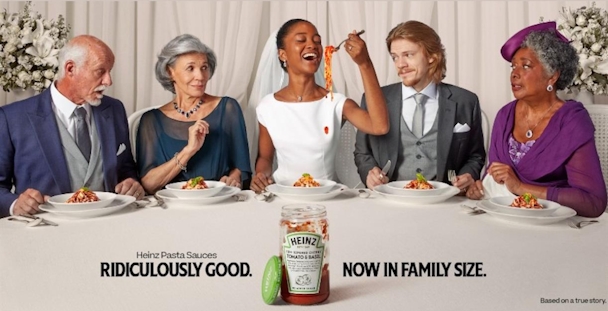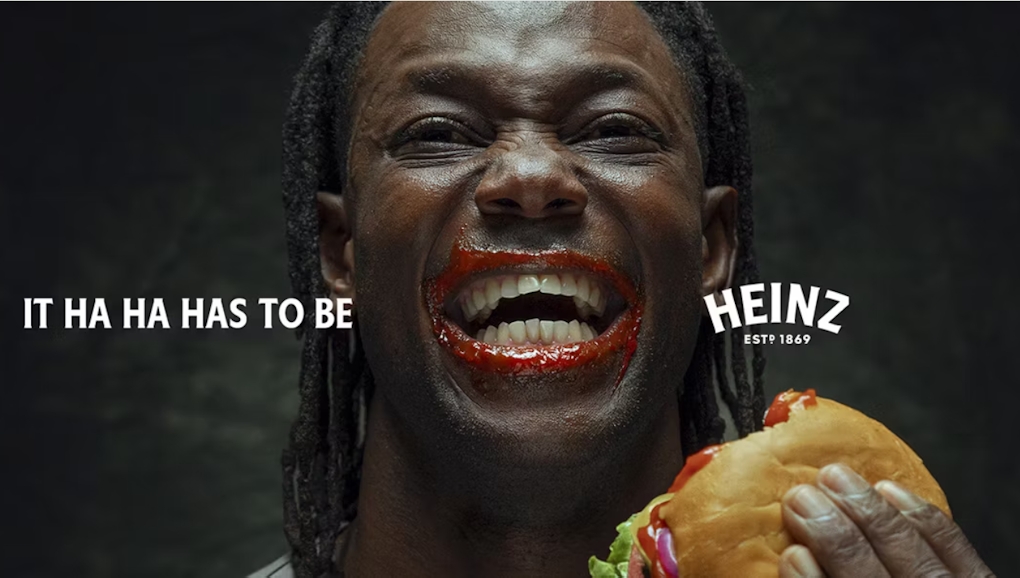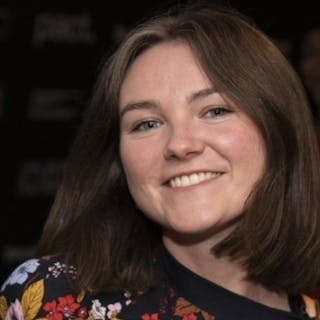Brands let the DE&I fire burn out. Can the Heinz controversy reignite it?
The food giant has been shaken by two of its ads being accused of perpetuating racial stereotypes. Does a controversy like this provide a wake-up call for brands to improve their representation, or will it make them retreat in fear of being publicly called out?

What comes after Heinz's 'Family Portraits' ads? / Heinz VML Spain
Last week, two separate Heinz ads by two different agencies were called out for their racial tropes. One, the Halloween-themed ‘It Ha Ha Has to be Heinz’ by the agency Gut was criticized for having ‘Black face’ connotations, said by some to resemble minstrel shows. The second, an out-of-home ad called ‘Family Portraits,’ featured an interracial couple getting married but omitted the Black father of the bride. The posters, created by VML Spain and seen on London’s Underground, caused upset for perpetuating the stereotype of absent Black fathers. Both of these ads have now been pulled.
It’s the first major backlash against Heinz in some time and a major jolt for a marketing team that has been on something of a winning streak. It serves as a reminder that there can be no complacency when an advertiser as successful and well-resourced as Heinz is causing upset.

The Heinz ads may have been the ones to hit the press this month, but this is by no means an isolated incident. According to a survey by Censuswide that was commissioned by RWS, 85.6% of the 500 people polled from the UK and US have seen ads that felt culturally inappropriate or irrelevant. For Gen Z, this number rises to a staggering 95.65%. This same survey suggests that when brands respect cultural nuances, people want to engage with them more – 71% agreed with this notion.
Want to go deeper? Ask The Drum
Hyunsun Yoon is a senior lecturer in strategic communication at the City University of London. Yoon co-authored a journal on what she terms ‘brand blunders,’ investigating the implications of instances of racism in ads. She defines a ‘blunder’ as “unintentional transgressions committed by a brand against its stakeholders that result in significant negative publicity for the organization and require some form of corrective marketing communications action.” The crucial part of her definition is that this blunder leads to “corrective marketing.”
She gives the example of how H&M dealt with racism claims in 2018 for a picture of a Black child wearing a jumper bearing the text ‘coolest monkey in the jungle.’ The retailer apologized but also enrolled staff in bias training and made and kept its commitments to increasing diversity in its workforce.
“When we have such blunders, it gives out a reminder and warning to other brands as well as the audience that we need to have our voices heard,” she says. According to Yoon, advertising has an inherent relationship with social norms and values and, as such, ads can be seen as a ‘social tableau,’ meaning they reflect society. She adds: “Scholars have observed how advertising has a powerful role in both reflecting and facilitating social change.”
Yoon believes that advertisers have adjusted “quite well” to changes in society. “As society has evolved and transformed, the social tableau of advertising also adapts in order to reflect these important changes.” The very principle of advertising is designed to reflect everyday life. Therefore, Yoon says: “It depends on connecting with a constituency of customers, speaking in their language and identifying the problems they encounter every day while proposing empathetic solutions.”
When it does this well, advertising can do more than just sell products by “helping to reflect society, validating behavior and establishing norms of conduct.” Yoon urges brands to think of their customers as “partners” in the development of their ad campaigns, considering their feedback throughout the process.
Advertisement
‘Can’t please everyone, but that doesn’t mean we can’t try’
The Diversity Standards Collective is a consumer research firm that tests advertising with minority communities to ensure brands get representation right. Rich Miles is the group’s chief executive officer and founder and says he’s been inundated with calls from brands asking for work to be checked after the Heinz backlash. In fact, he says this often happens as soon as something hits the press, such as when Rushi Sunak took aim at the trans community or when airlines faced a wave of bad press for their accessibility failings.
“Any major thing that happens in society reignites the understanding that we should actually be checking stuff,” says Miles. “[The Heinz case] reminded people that things can go wrong without realizing. It’s reminded people that we all need to make sure that we are speaking to communities.”
The problem, he says, is that advertising is always trends-based, meaning marketers react to what is being talked about online and in the press rather than having an ongoing conversation with minority groups. He references the way brands used to change their logos to the Pride rainbow or when companies all made statements and promises during the Black Lives Matter movement in 2020.
“Every campaign can run; you just need to speak to the exact community you’re trying to feature, to understand if there are any nuances you’ve missed, if there are any stereotypes you’ve been into and then how you can fix them.”
Heinz was trying to make an inclusive campaign but got it wrong, which in this case caused more harm to that community than good, he says. But then there are brands that aren’t representing any diverse voices in their advertising. “I don’t know if we’re always going to please all of the people all of the time, but that doesn’t mean we can’t try.”
Miles doesn’t have an answer to this but says there is a conversation to be had on how to enable audiences to speak to brands in a better way. “We’ve gone through this period of call-out culture, but we’ve come to a point where that isn’t actually very helpful. So, how do we navigate audiences to help guide brands rather than canceling them?”
Advertisement
One area where marketers could focus their attention is semiotics, the study of signs and symbols in communication. There are calls for the field of semiotics itself to become more diverse as a means of helping advertisers get most of the study of semiotics. Krissie Petfield, head of marketing for Hai at RWS, urges advertisers to think more about semiotics. “Visual communication is more than just choosing appealing imagery; it’s about understanding the symbolic meaning behind each visual element,” Petfield says. “Semiotics is a critical tool for marketers aiming to craft imagery that resonates across cultures.”
In the case of Heinz’s ‘Family Portraits’ campaign, which was made by a team in Spain and not in the UK where the advert ran, local nuances were missed. Petfield tells brands to localize visuals, not just language. “Often, brands focus solely on translating text when localizing a campaign. However, visuals must also be adapted to suit the cultural expectations and sensitivities of each market. This includes everything from color schemes and imagery to the way characters are portrayed.”
Suggested newsletters for you
‘No doubt diverse teams are in the building, but are they decision-making?’
Looking at it from the agency side, Trevor Robinson, founder and executive creative director of the agency Quiet Storm, supports the idea that with mistakes comes “opportunity” to examine the decision-making process. “In a multicultural environment, things will get missed, so sense-checking, especially during the casting, ideation and briefing phase, is essential.”
He tells brands not to use this as a reason to retreat further and instead investigate their own due diligence. “It is in the brand’s best interest to do so as it is the brand that the public will blame if mistakes are made.”
Robinson is an active member of the advertising community, advocating for better opportunities for people from ethnic minority backgrounds to join the industry. “It is clear that representation still needs to be improved and agencies and brands should be challenging each other to improve and be open to proper scrutiny. I have no doubt agencies and brands have diverse teams in the building, but are they involved in the decision-making?”
